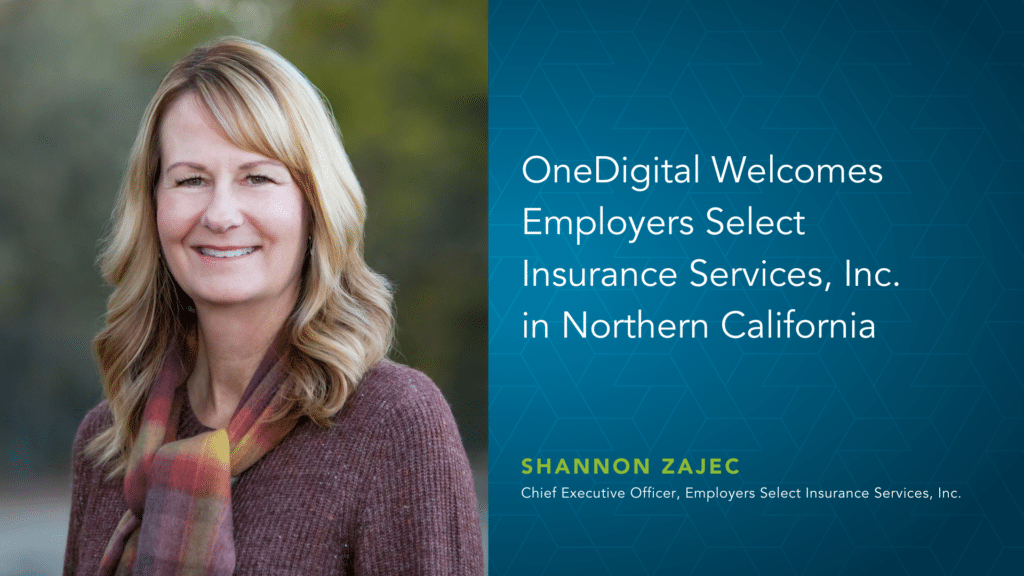It has become increasingly important for employers to offer some form of an employee benefits package in order to attract and retain a strong workforce. Additionally, employers may want to protect their company from the risks associated with offering employee benefits. While employers have traditionally insured their employee benefits risks through an outside insurance carrier, the increased demand for employee benefits has resulted in an inflation of costs associated with insuring employee benefits risks. Because of this, many employers have opted to cut out insurance carriers altogether and instead fund their group employee benefits risks with captives.
What is a Captive?
A captive is an independent insurance company that is created and owned by at least one non-insurance company for the purpose of insuring the employee benefits risks of its owner (or owners). In other words, captives are a form of self-insurance in which the insured owns the insurer. Employers might choose to form a captive as an alternative to traditional insurance in order to better control costs and manage the risks associated with providing employee benefits.
Advantages
A captive can offer significant savings and become a substantial long-term investment.
By creating and owning its own captive insurance company, an employer is able to keep all of the savings and interest income it earns from the captive.
This means that instead of spending money on insurance, an employer can actually earn money from its captive policy over time. This is particularly beneficial for large employers or companies that pay higher insurance premiums due to the large number of employees receiving benefits.
Disadvantages
Although captives may be a convenient and cost-effective alternative to traditional insurance for some employers, they may not provide the same benefits to every company. If an employer’s insurance premiums and claims costs are already relatively low, a captive may not provide a significant return on investment. In addition, smaller companies may find that the cost of obtaining traditional employee benefits insurance is lower than the cost of creating and maintaining a captive.
When it comes to insuring employee benefits risks, there are many options and factors to consider. To find out more about whether captive insurance is right for you, contact your OneDigital advisor for more information.




